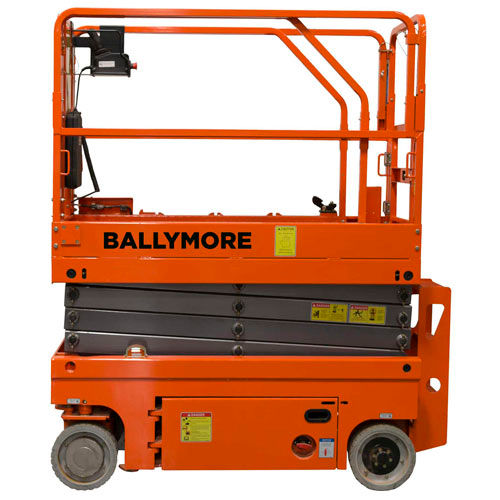Schroeder
Member
- Location
- New Bedford, MA, USA
I’m in MA where the fire code does not permit sprinklers in the machine room, top of shaft or in the pit. I know that in other states where sprinkler heads are required in these spaces, heat detectors located in close proximity to the heads are required and that these are used to shunt trip power before the sprinklers go off (I think).
Smoke detector in the pit and at the top of shaft are not permitted nor are they good idea given the tendancy of dust to constantly be desturbed by the movement of the elevator cars.
Two questions: 1. - is all of the above accurate and 2. Even where I don’t need to put in heat detectors, may I add heat detectors at the top of the shaft and in the pit. Would could possibly be the down side to doing so?
Smoke detector in the pit and at the top of shaft are not permitted nor are they good idea given the tendancy of dust to constantly be desturbed by the movement of the elevator cars.
Two questions: 1. - is all of the above accurate and 2. Even where I don’t need to put in heat detectors, may I add heat detectors at the top of the shaft and in the pit. Would could possibly be the down side to doing so?




